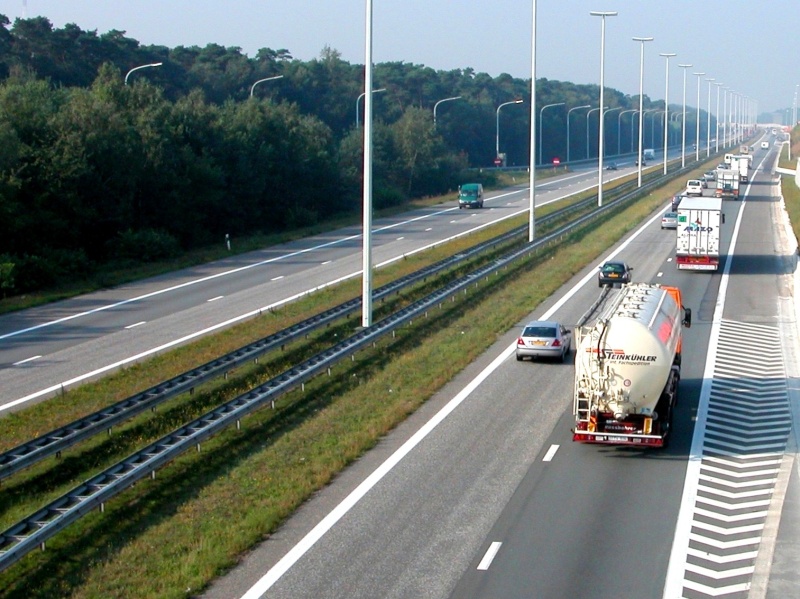Revision of the Directives of the Roadworthiness Package
22029
From 2022 to 2023
Commissioned by DG MOVE, TML evaluated the effectiveness of EU rules on technical vehicle inspections, with a view to safety and environmental protection. We analysed factors affecting testing and inspection and advised on updates that take into account new technologies and differences in implementation between member states.
In 2014 the European Union enacted a package of three directives designed to improve the roadworthiness of road vehicles operating on European roads. These directives came into force in May 2018. An important one here is Directive 2014/45/EC on periodic roadworthiness tests, i.e., periodic vehicle inspection and certification, covering all M-category passenger vehicles, all N-category goods vehicles, trailers with a gross weight over 3.5 tonnes, and tractors used for road operation. All directives were enacted on both road safety and environmental grounds.
DG MOVE requested a study to support the evaluation and impact assessment for the revision of the package of directives. The study covered two major themes. First, has the package of directives been successful both from an implementation and from an effectiveness perspective? Second, do the directives need to be amended based on what we now know about their effectiveness, our reflections on omitted vehicle categories, and changes to vehicle standards and powertrains since 2014?
In this project we focused our expertise on the first goal, i.e., the evaluation assignment. With our consortium, we were able to identify the key elements that reduce the effectiveness of periodic technical inspection and road-side inspection as well as the limitations of vehicle documentation for this inspection. We identified three main issues:
In 2014 the European Union enacted a package of three directives designed to improve the roadworthiness of road vehicles operating on European roads. These directives came into force in May 2018. An important one here is Directive 2014/45/EC on periodic roadworthiness tests, i.e., periodic vehicle inspection and certification, covering all M-category passenger vehicles, all N-category goods vehicles, trailers with a gross weight over 3.5 tonnes, and tractors used for road operation. All directives were enacted on both road safety and environmental grounds.
DG MOVE requested a study to support the evaluation and impact assessment for the revision of the package of directives. The study covered two major themes. First, has the package of directives been successful both from an implementation and from an effectiveness perspective? Second, do the directives need to be amended based on what we now know about their effectiveness, our reflections on omitted vehicle categories, and changes to vehicle standards and powertrains since 2014?
In this project we focused our expertise on the first goal, i.e., the evaluation assignment. With our consortium, we were able to identify the key elements that reduce the effectiveness of periodic technical inspection and road-side inspection as well as the limitations of vehicle documentation for this inspection. We identified three main issues:
- Ensuring future-proof safety and environmental performance controls by identifying technologies that are not currently covered as well as future developments.
- Improving effectiveness by providing the appropriate tools for both national legislations and enforcement tools and tests for national inspection authorities.
- Ensuring the appropriateness of different national implementations by understanding the wide variation in periodic technical inspections and road-side inspections in different member states.


